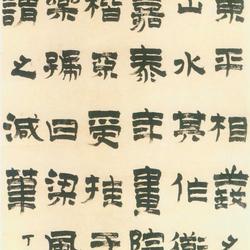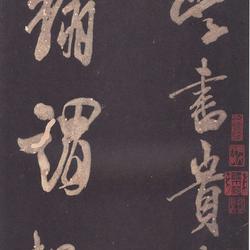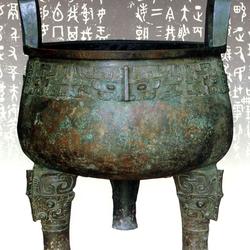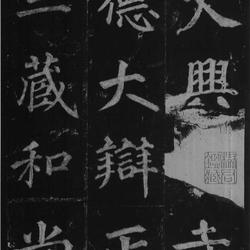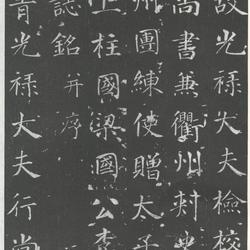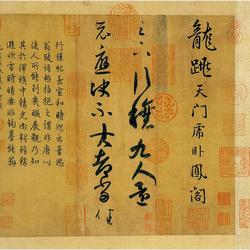"The Inscription of the Crane"(yi heming)Cliff carvings: Carved in the 13th year of Tianjian of Liang Dynasty (514) in the Southern Dynasty, a calligrapher buried the crane and wrote an inscription. Although the content is insignificant, the calligraphy art is indeed valuable. All calligraphers with names in history left their calligraphy cliff carvings here and left with this inscription. Who wrote this inscription? It has always been controversial.
Huang Changrui of the Song Dynasty verified that it was written by Tao Hongjing of the Liang Dynasty. Tao Hongjing was good at both official script and running script. At that time, he had retired from official service and retired to the Taoist holy land of Zhenjiang, Maoshan, Huayang Cave, so it is believed to be his ink. Another theory is that it is said to have been written by Wang Xizhi, a great calligrapher of the Eastern Jin Dynasty. He loved raising cranes very much in his life and had a "goose pond" in front of his home. He often washed his brushes in pond water and enriched his calligraphy with the graceful dancing posture of cranes. Legend has it that this inscription was written by Wang Xizhi in memory of his two dead cranes. It is also believed to have been written by Wang Zan and Gu Kuang in the Tang Dynasty, but there is no definite evidence. Because of the exquisite calligraphy, it was later engraved on the rocks at the back of Jiaoshan Mountain in Zhenjiang. It was struck by thunder and fell into the river. During the Chunxi period of the Song Dynasty (1174-1189), the stone tablet came out of the water. Someone fished it out of the river and erected it in the same place. Many people came to observe the imitation, and some even chiseled out a few characters and took them away. Scholars also came to study it. It is therefore famous far and near. Unexpectedly, decades later, his monument fell into the river again. In the 52nd year of Emperor Kangxi of the Qing Dynasty (1713), Chen Pengnian, the prefect of Zhenjiang, recruited workers to fish it out of the river again, glued it into one piece, and moved it to Guanyin Temple in Jiaoshan. Only about 90 remaining characters remained. Nowadays, there is still the "Inscription on the Re-establishment of the Crane Inscription" in Baomoxuan. The inscription says: "Geziming was famous in Jiaoshan for more than a thousand years, and it disappeared from the river for another seven hundred years." It narrates this paragraph. go through.
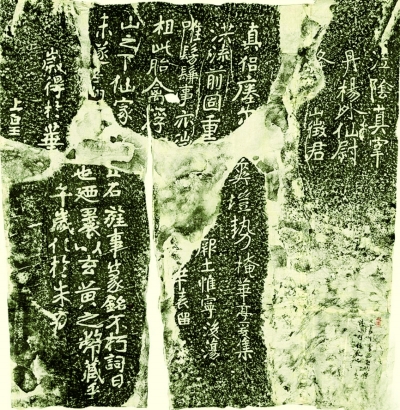
In fact, the work of salvaging the remaining stones of "The Crane Inscription" has not stopped. In 1997 and 2008, the Zhenjiang Museum and the Jiaoshan Joint Archaeological Team conducted two large-scale archaeological salvages, and successively discovered about 7 more characters. These characters are called national treasures by archaeologists and historians.
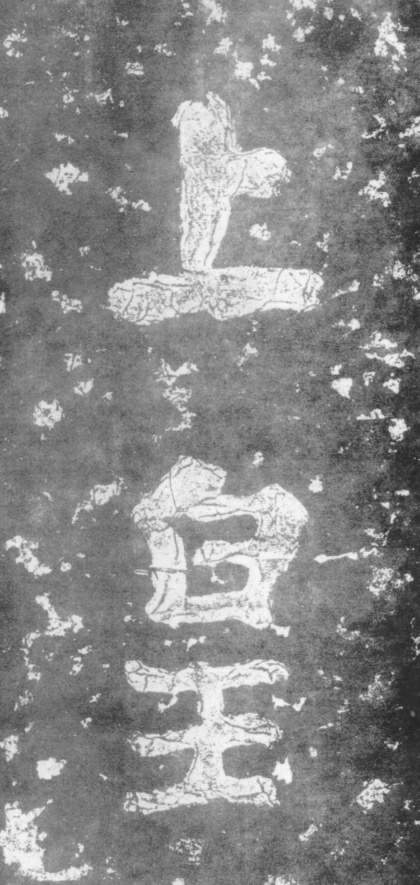
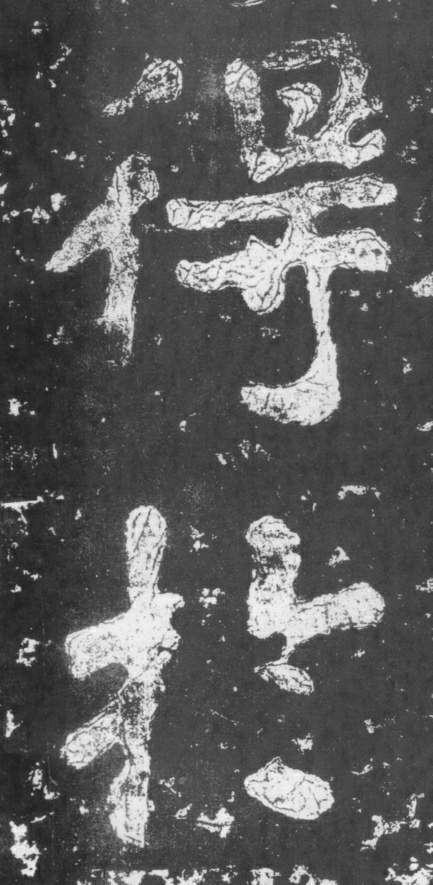
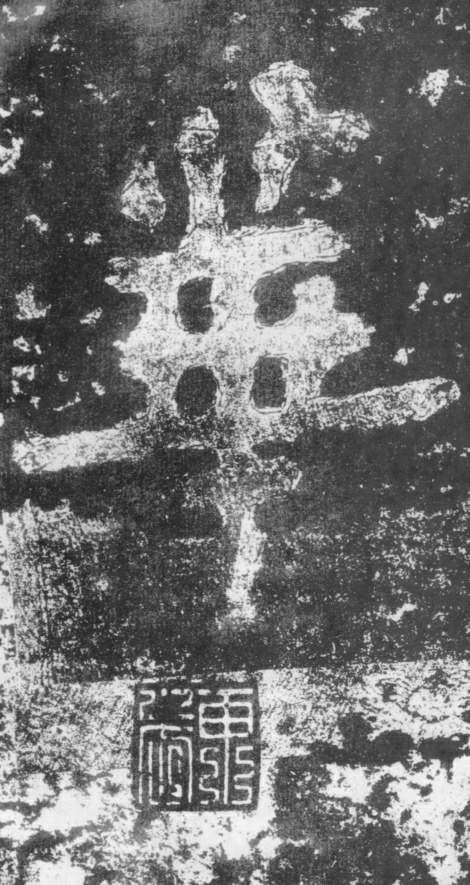
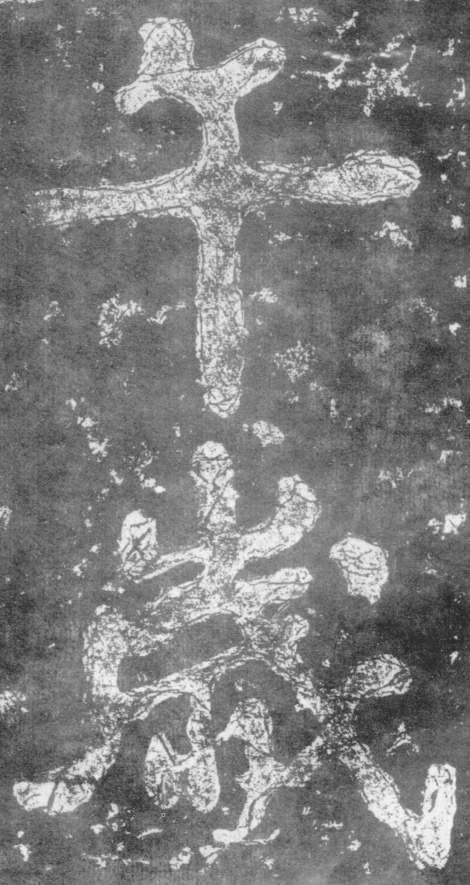
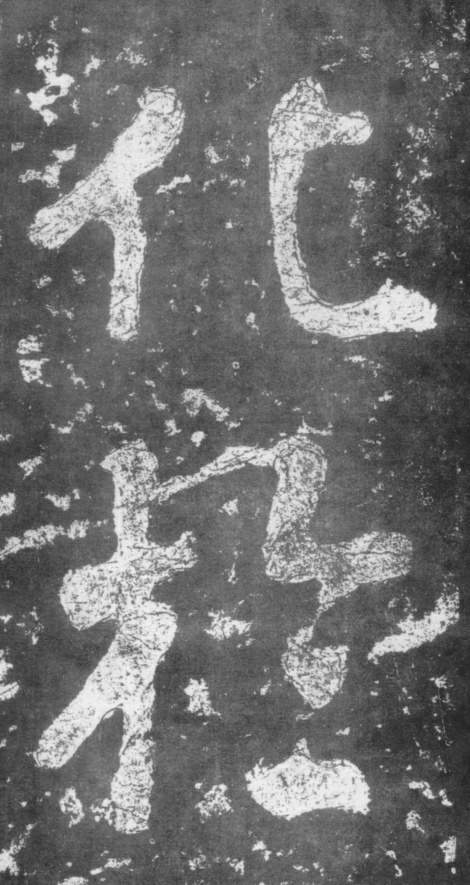
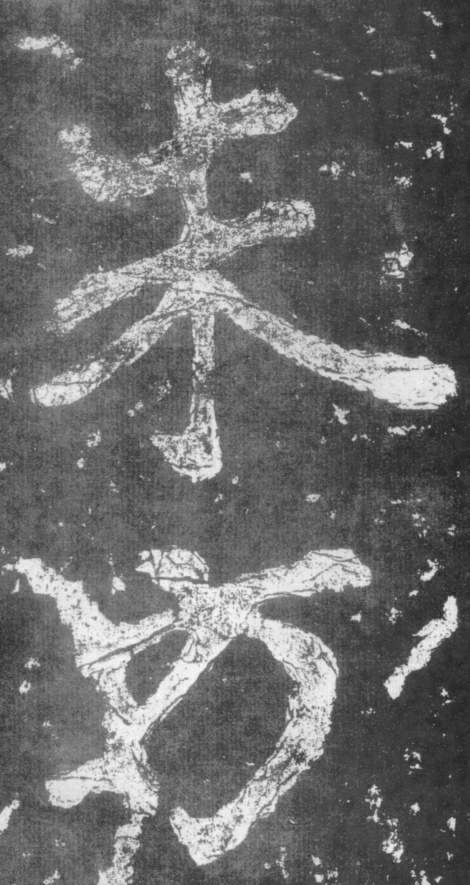
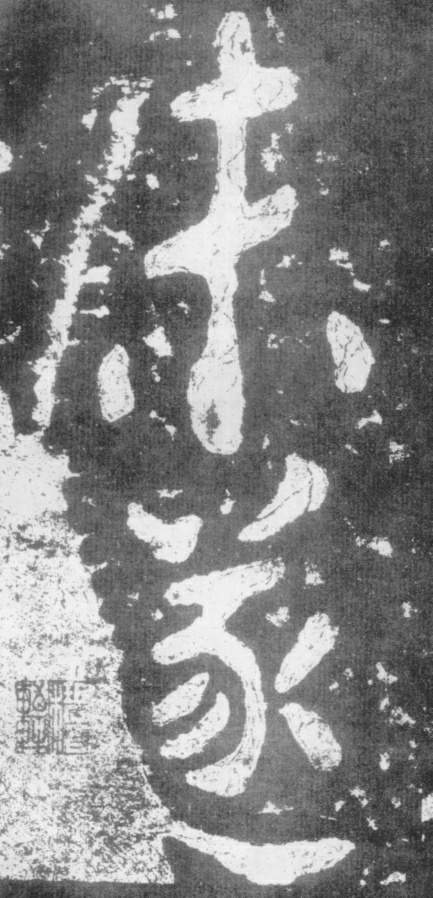
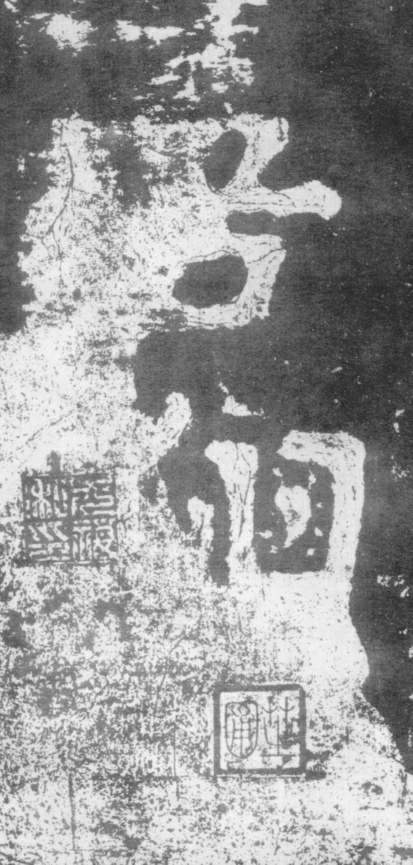
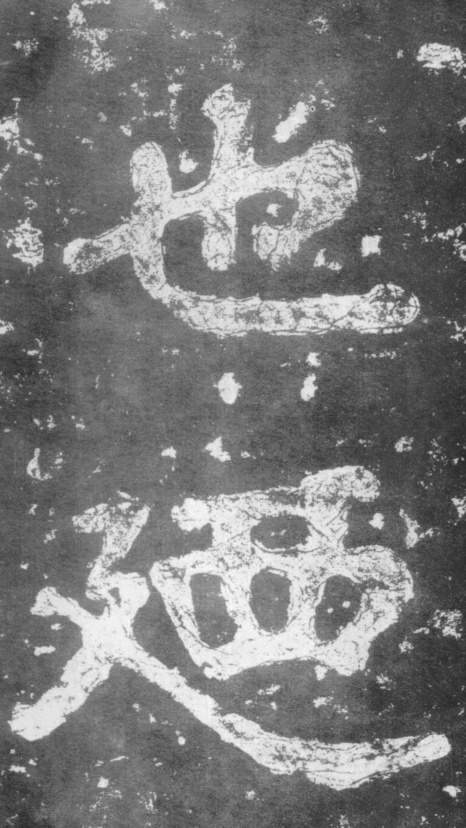
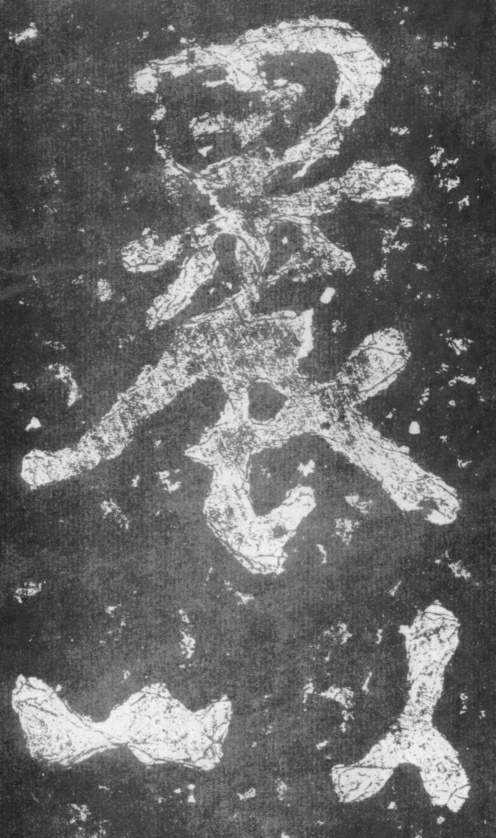
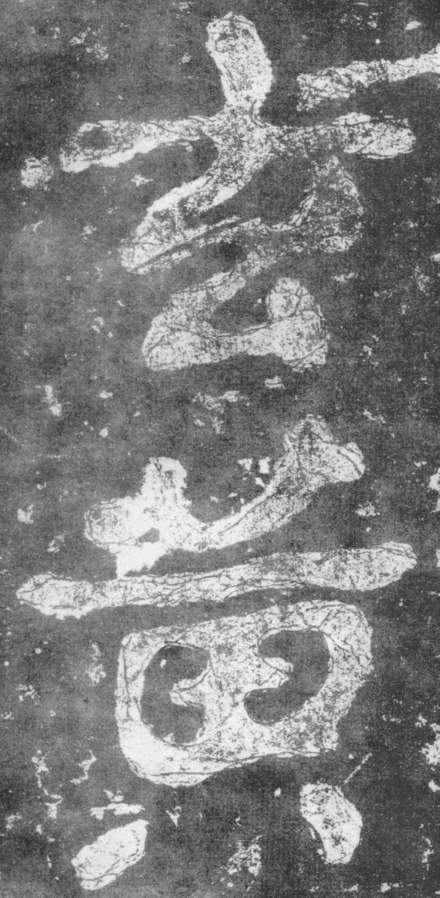
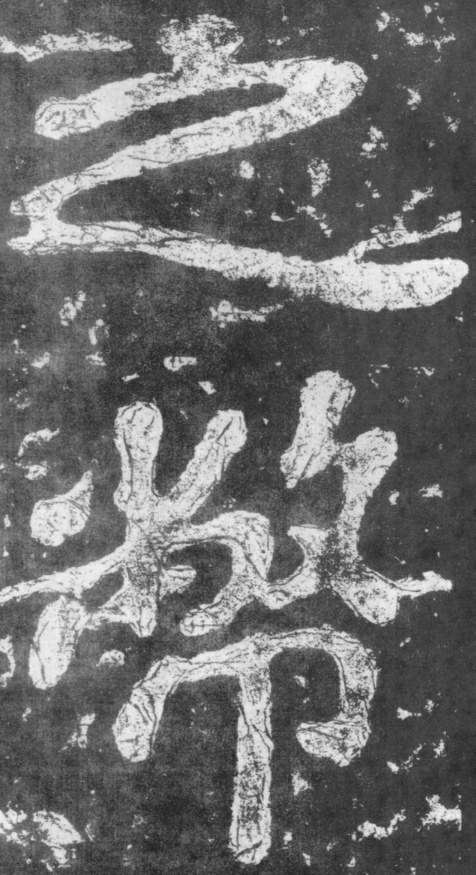
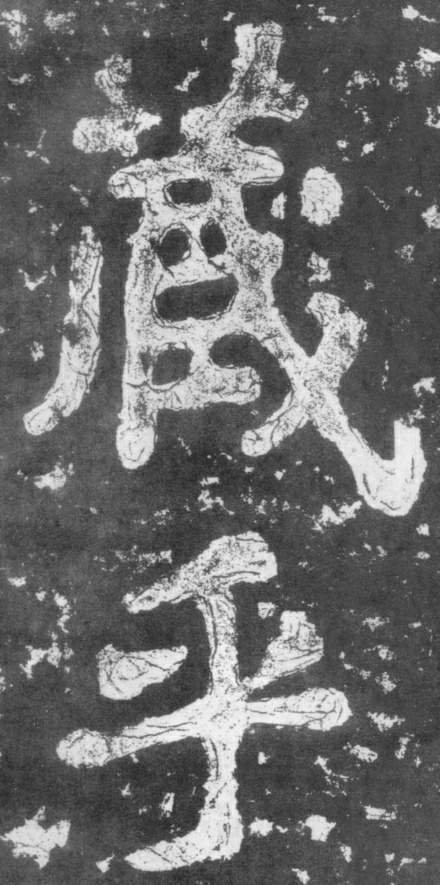
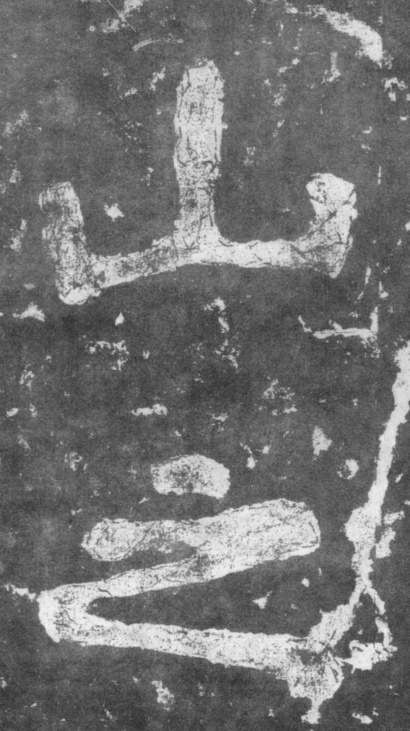
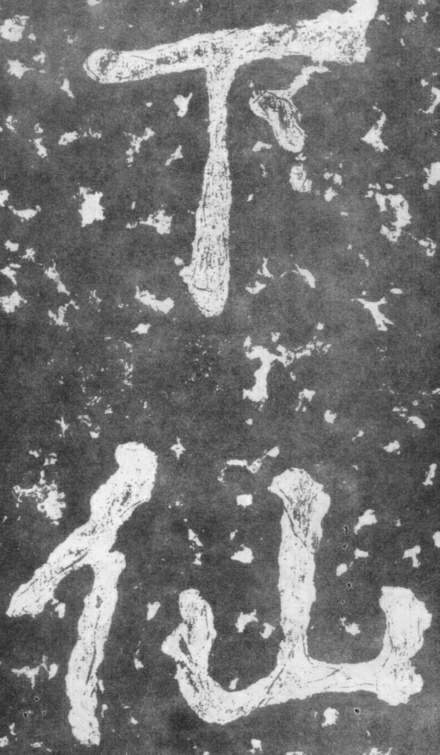
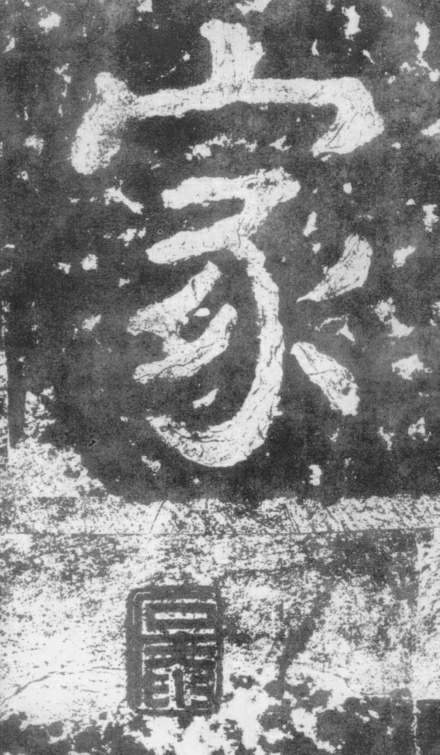
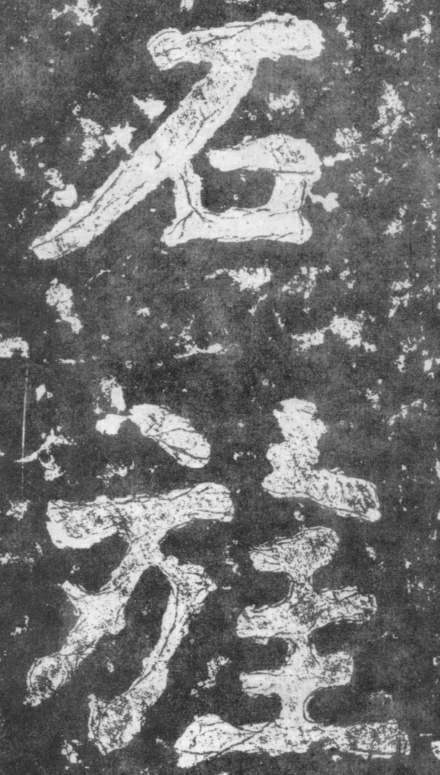
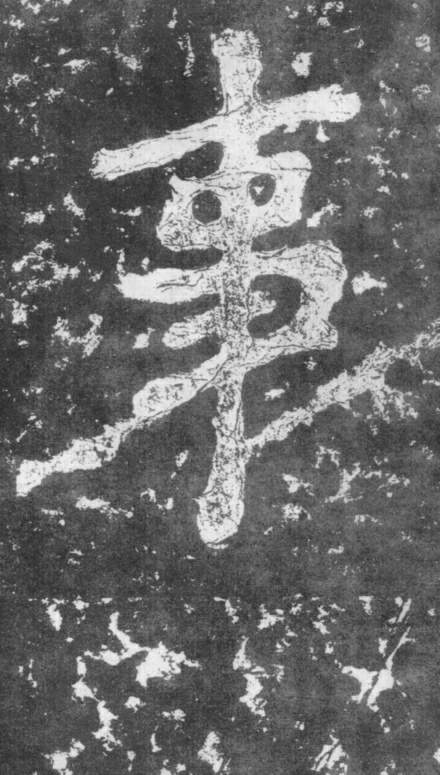
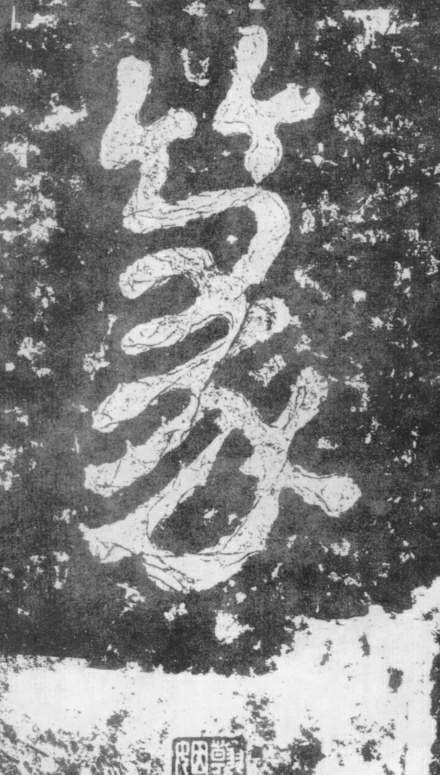
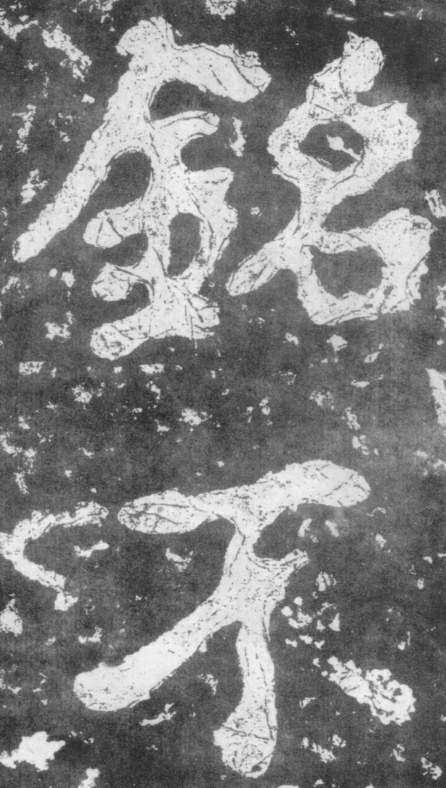
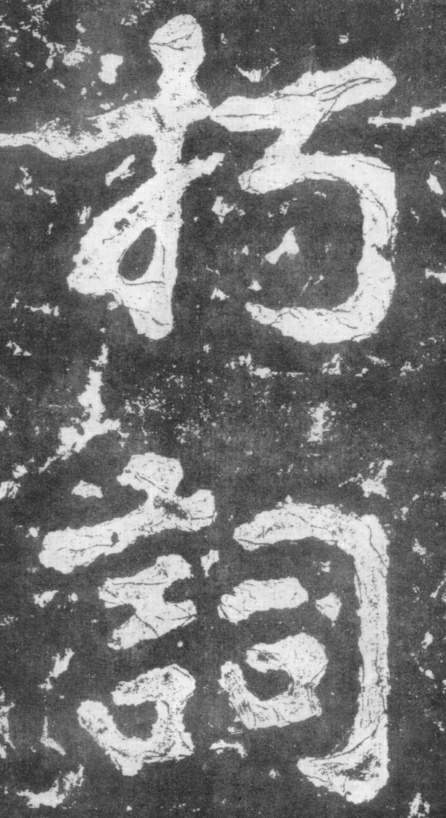
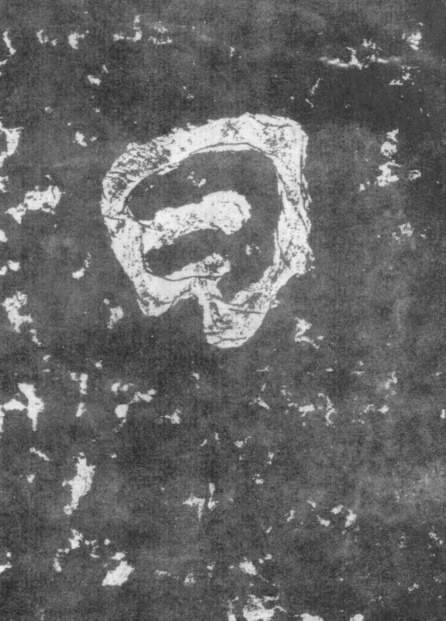
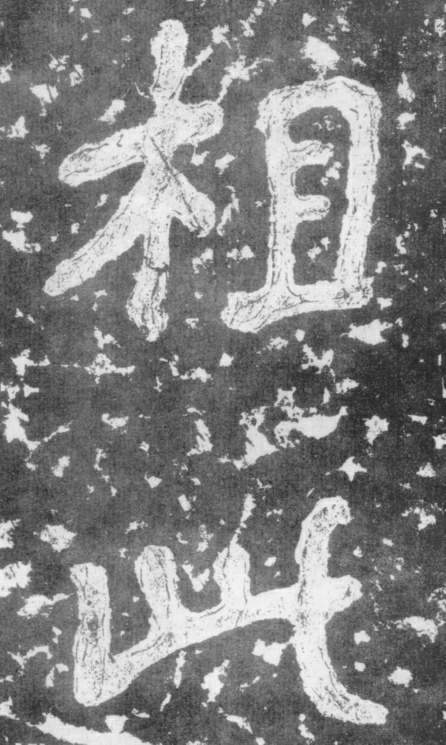
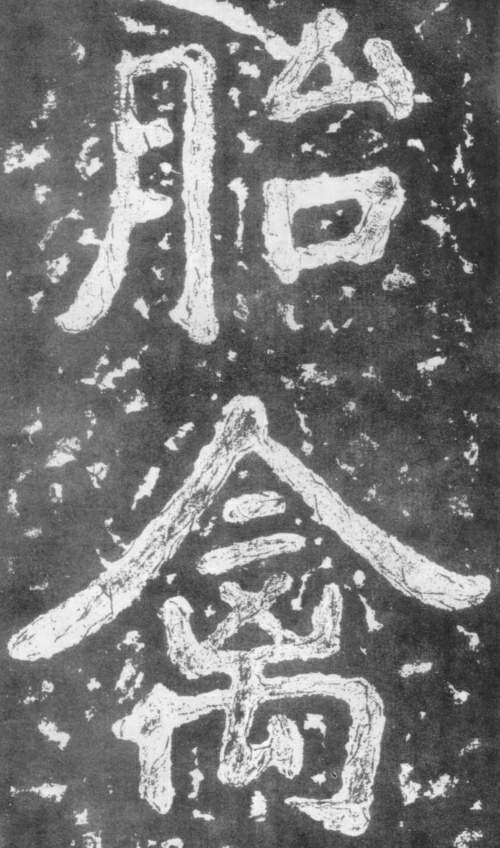
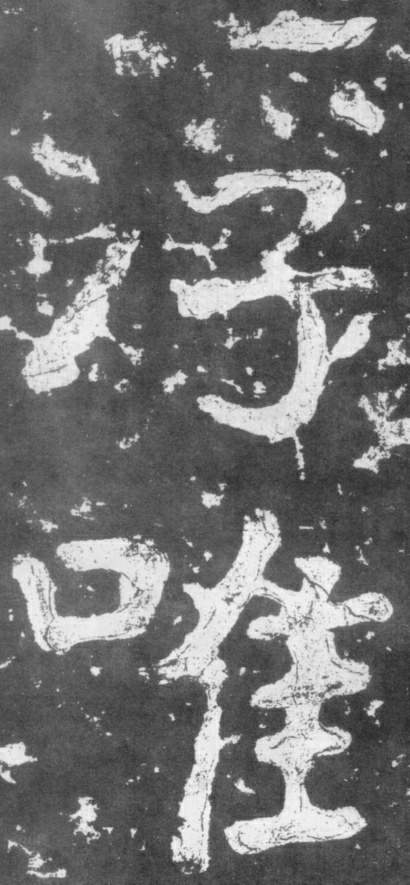
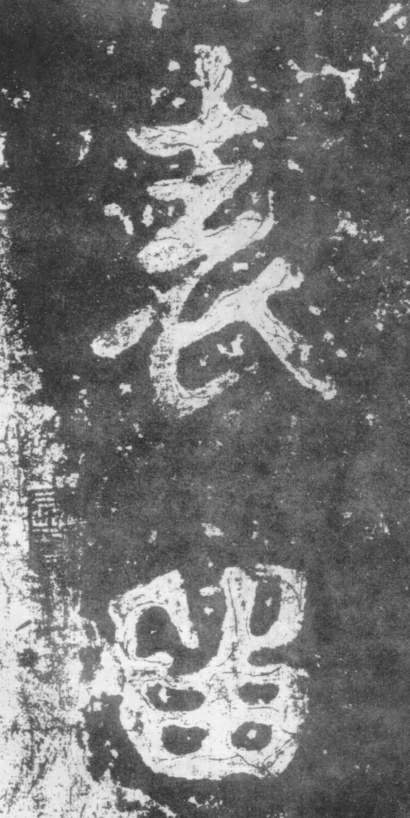
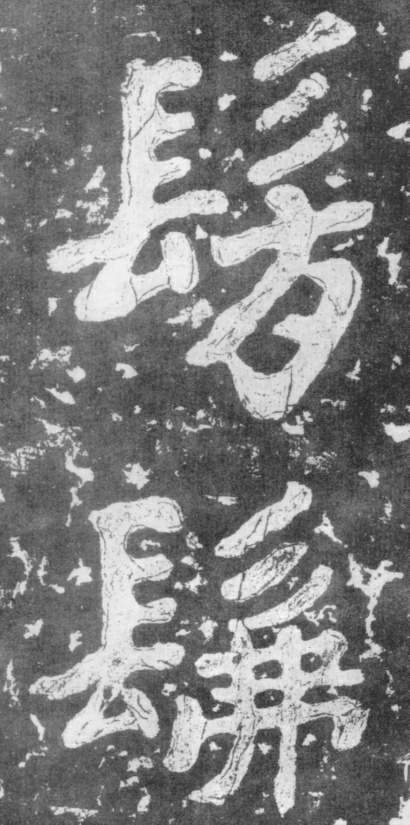
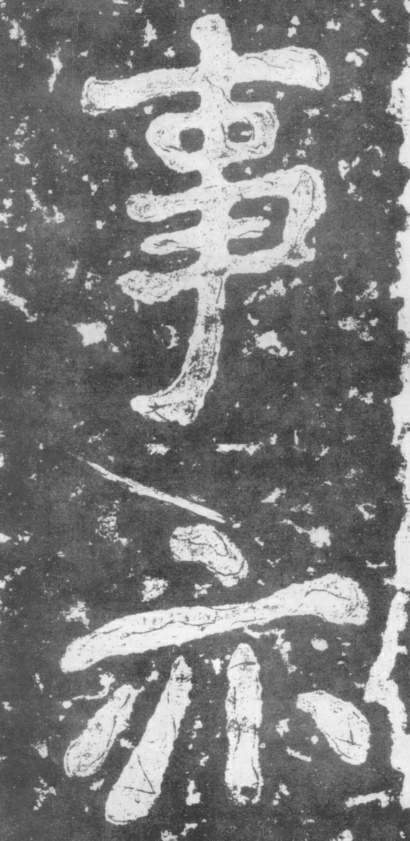
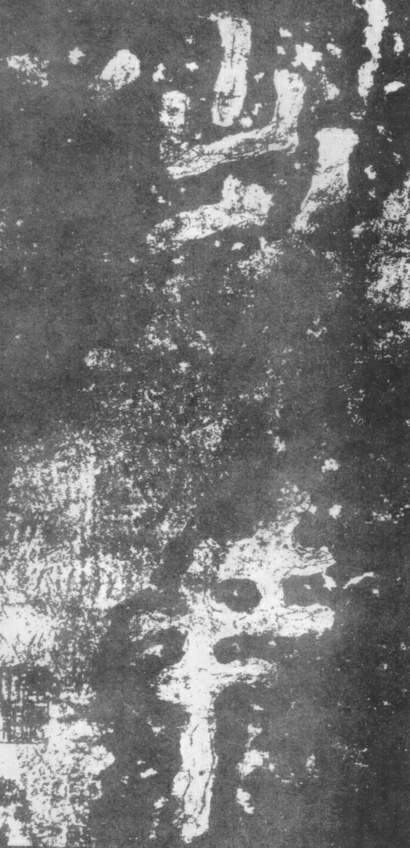
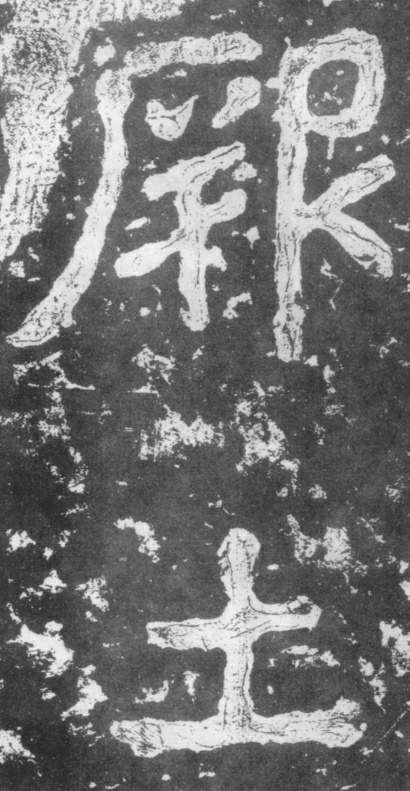
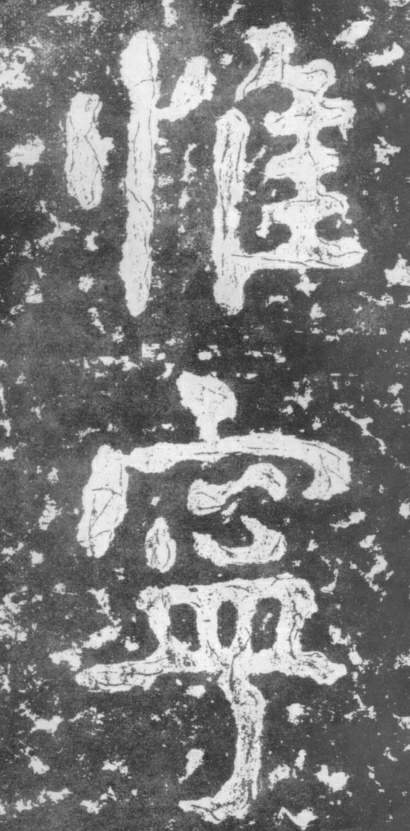
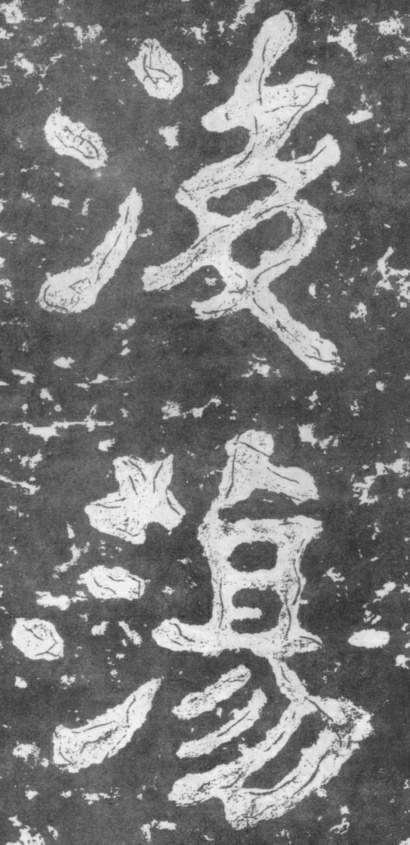
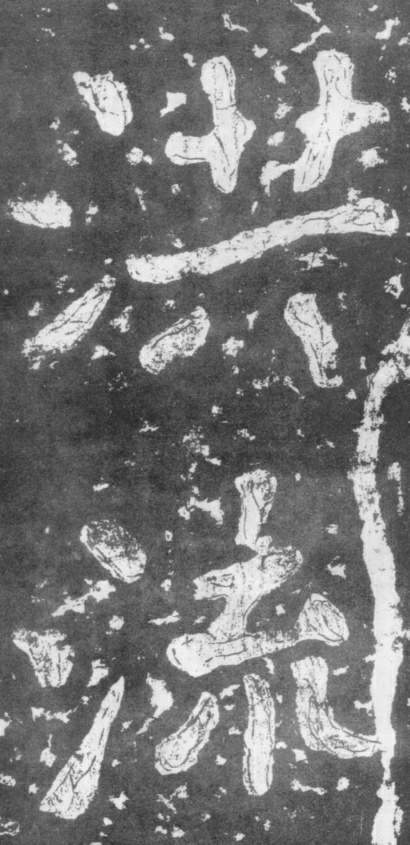
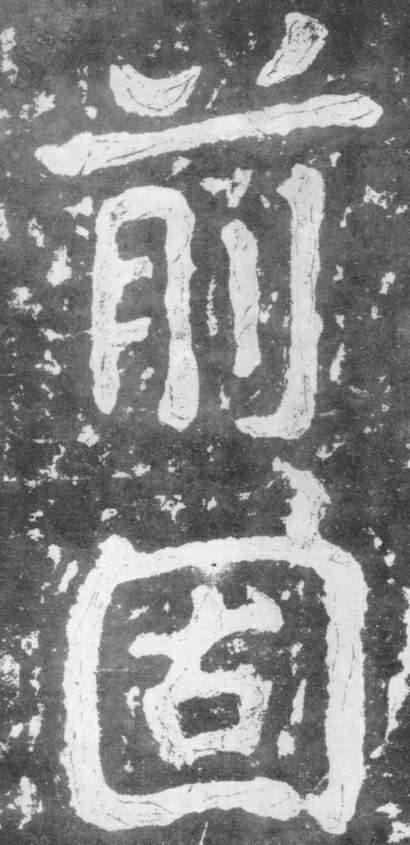
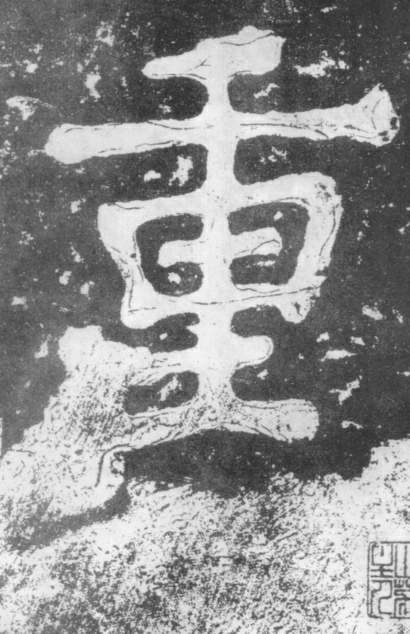
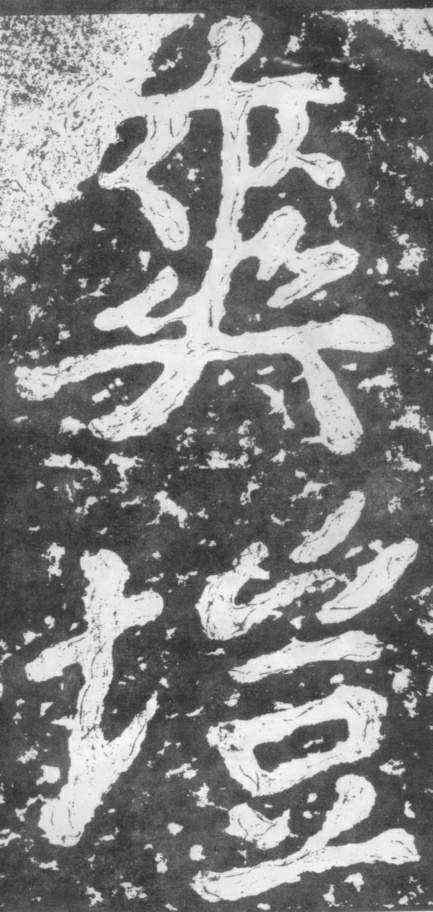
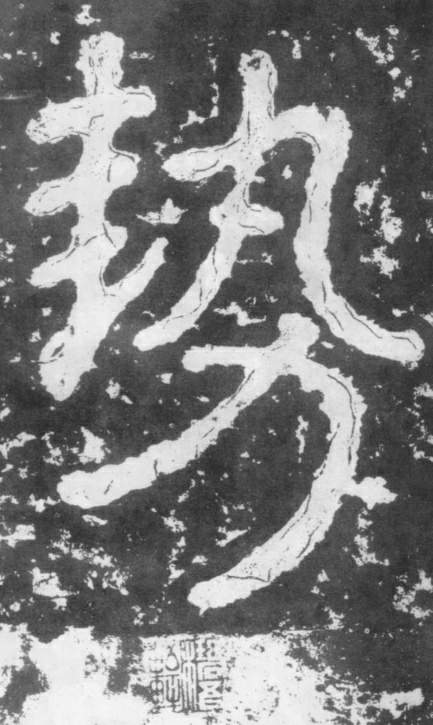
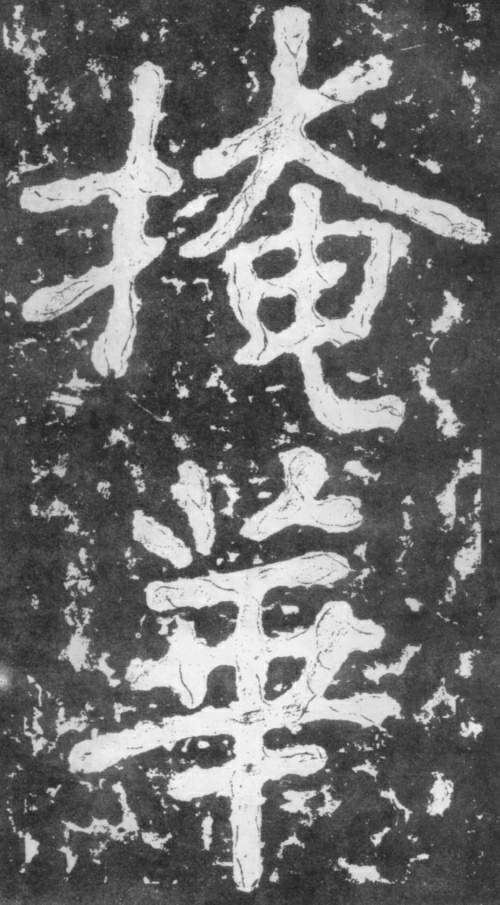
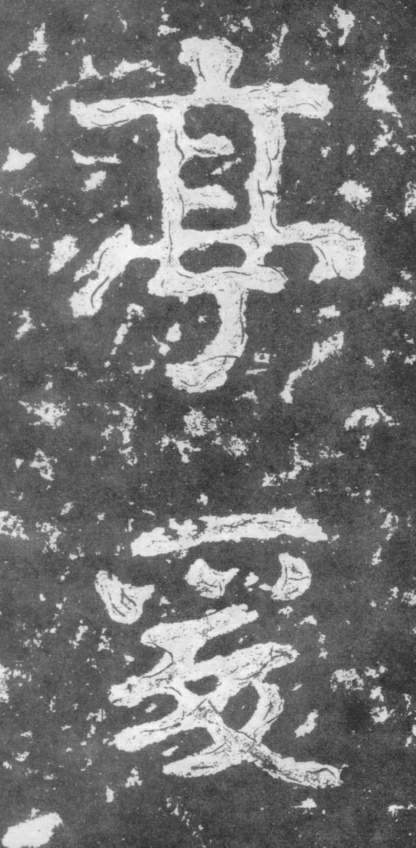
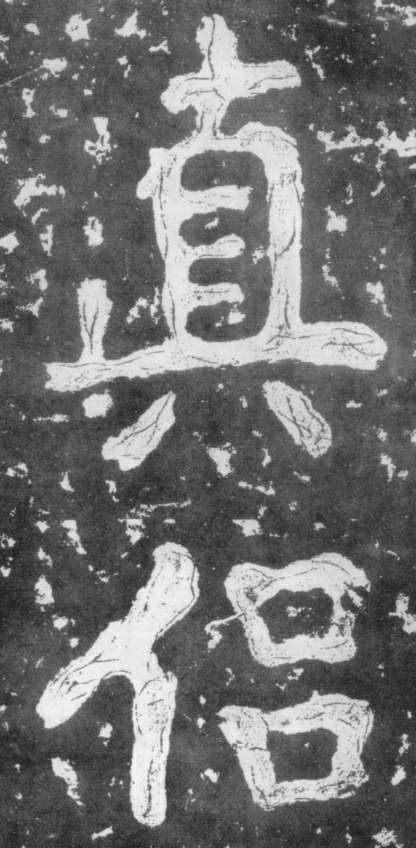
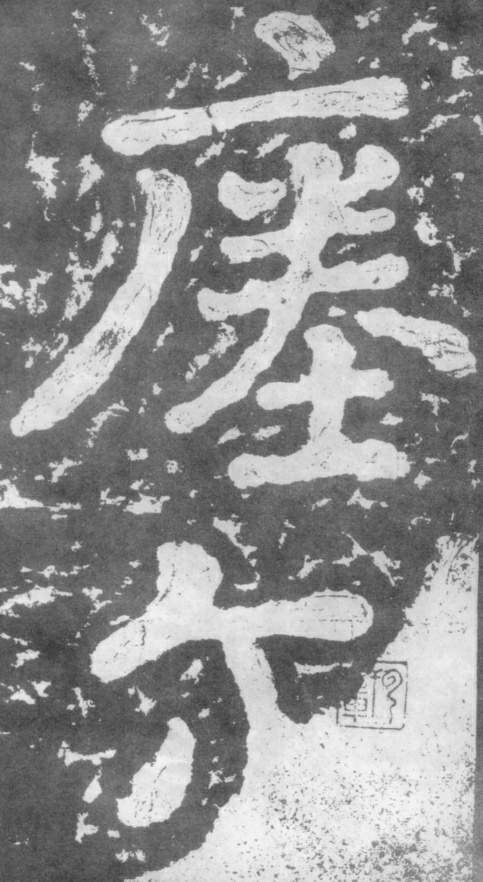
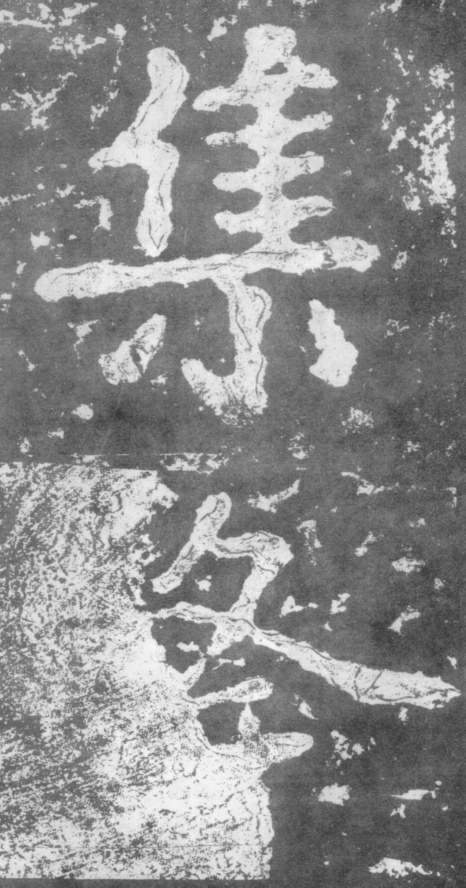
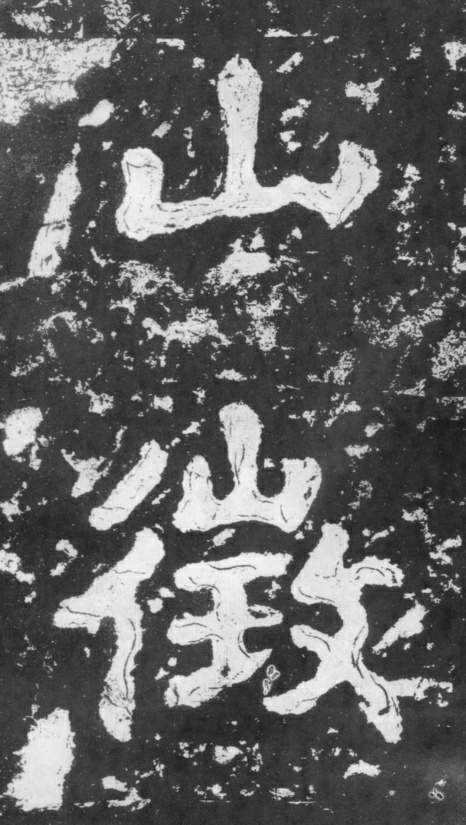
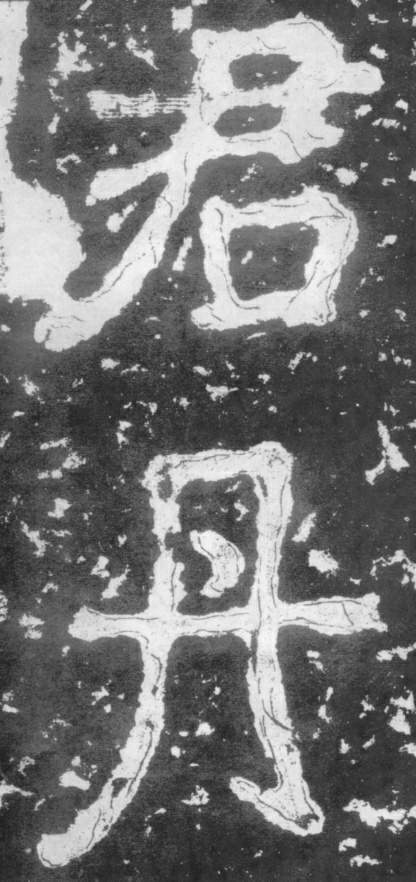
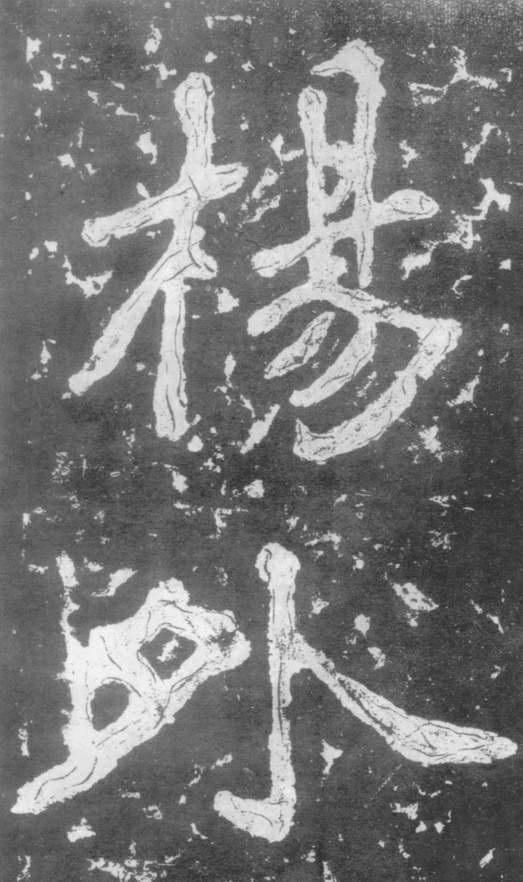
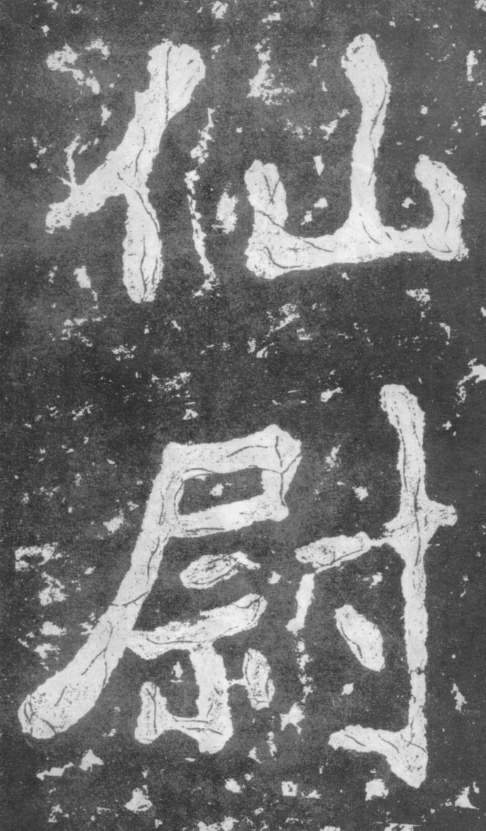
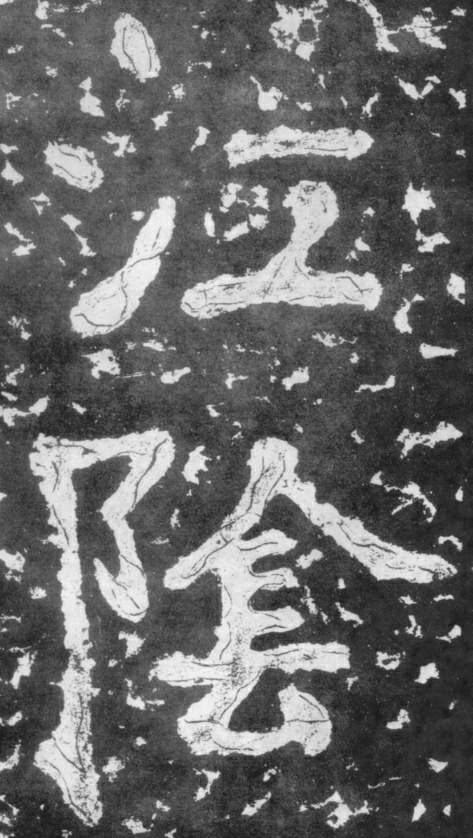
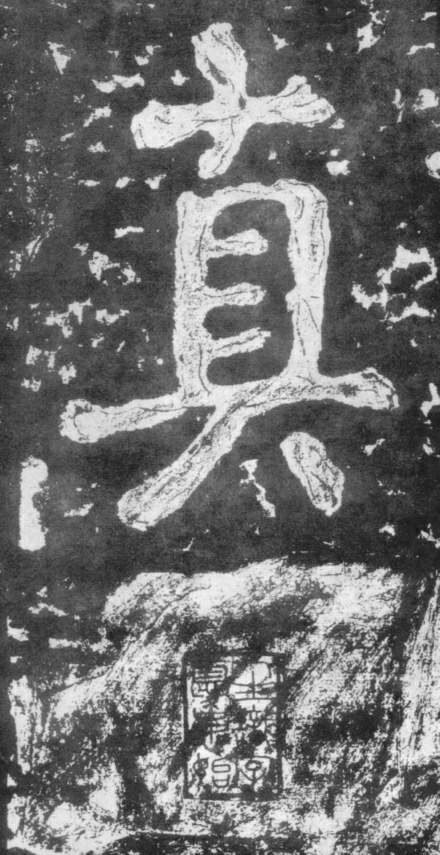
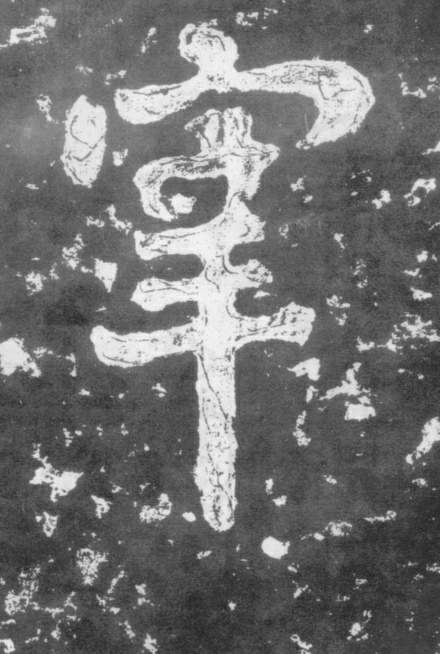
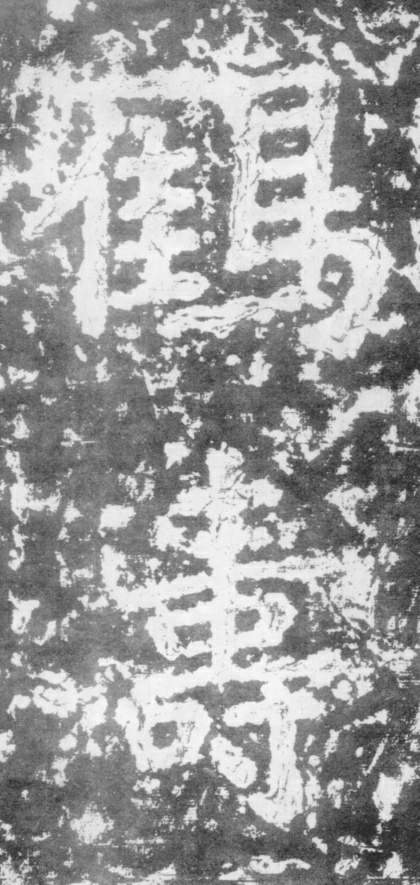
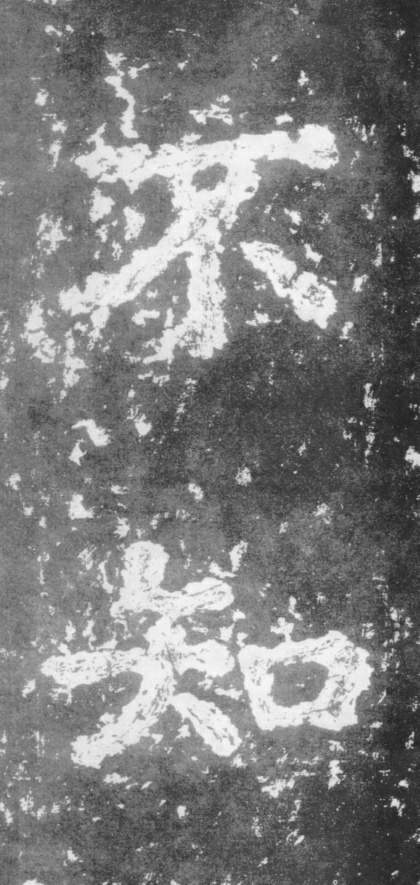
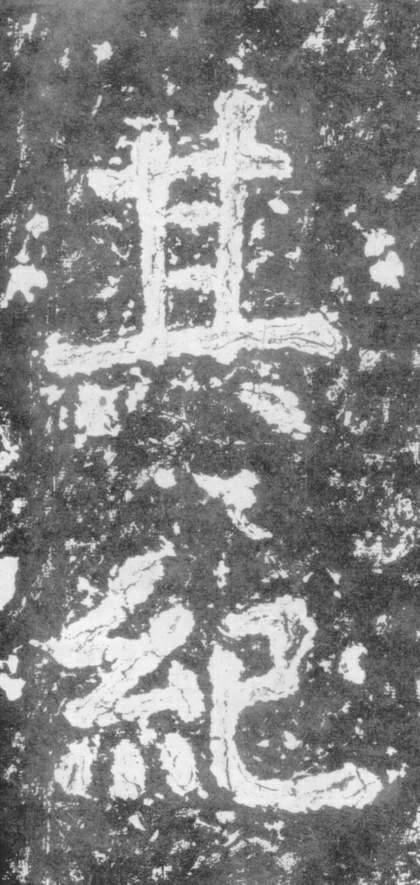
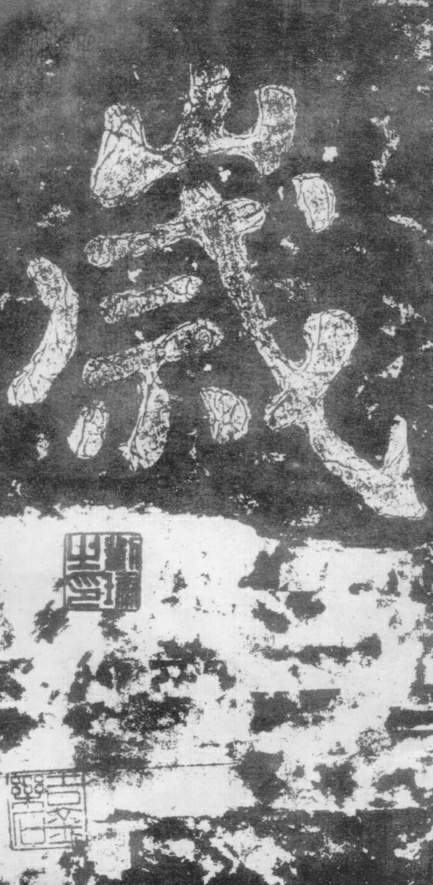
Although there are few words in the inscription, it is magnificent and dynamic, making it endlessly memorable to read. The pen is strong and strong, and the round pen hides the edge. The body style changes from the seal script and official script. The structure is wide and stretched, connected up and down, like a crane dancing low, elegant and ethereal. The words are as the name suggests, and the surface and the inside are consistent. It can be called a masterpiece of calligraphy. Huang Tingjian of the Northern Song Dynasty believed that "big characters have nothing to do with "痗 Crane Inscription"" and "its success cannot be seen in appearance", and he was praised as the "ancestor of big characters". Cao Shimian of the Song Dynasty praised his "wonderful brushwork and the crown of calligraphy". This stele is highly praised because of the calligraphy style of the Southern Dynasties, especially the penetration of the pen in the center of the seal script; coupled with the effect of wind and rain erosion, it also enhances the strong, dignified and deep charm of the lines. The rubbings and copybooks of this stele have been passed down to the world for a long time and are well-known at home and abroad. They are representatives of the study of calligraphy art. It is not only a mature regular script, but also an important material from which we can understand the history of the development of seal script and official script in the development process of regular script.
[Exhibitions of Past Dynasties]
Huang Tingjian of the Song Dynasty: There is an ancient saying: "There is no fault in the big characters "痗 Crane Inscription", and the small characters should not be imitated by the frozen flies. Follow others and learn from others to become old people, and become true to yourself when you become a family." ("On Books")
Liu Youding of the Yuan Dynasty: "The Inscription of the Crane", written by Yun Huayang Zhenyi. At the foot of Jiaoshan Mountain, it is often submerged by the river. Those who are good at copying it after the water recedes often can only write a few sentences. "Runzhou Illustrated Book" is believed to be written by Wang Xi, or it is called Huayang Zhenyi, also known as Gu Kuang. Cai Junmo said: "The Wen of Hehe has many characters, including Yi and few characters. There were many calligraphers in the late Eastern Han Dynasty, but Li was the most popular. As for the division of Jin and Wei, there are differences between the north and the south. Zhong and Wang Kaifa are the most respected in the world. Between the Yuan and Wei Dynasties Learn all the official script. Since the Sui Dynasty and the Chen Dynasty, China has mostly used regular script and official script to communicate with each other. "痗 Crane Wen" has a regular script and it should be written in the Sui Dynasty." ("Yanji Notes")
Feng Ban of the Qing Dynasty: Huang Shangu studied "The Inscription of the Crane", and his pen was obtained from Zhou Zifa, so he is very good. Zhouzi was vulgar, and his chest was higher than the valley, so he was healthy but not vulgar. ("Bi Yin Shu Yao")
Wu Dexuan of the Qing Dynasty: Valley Xiaoxuan is the best in running script, and Gai also gets help from Pingyuan and Shaoshi, so he can complement Po Gong. It has also become a habit to study "痗 Crane Inscription" in large characters. The bones are steep and fast but too bold. It is important for scholars to be cautious and not to be deceived by the ancients. ("Chuyuelou Essay on Books")
Ruan Yuan of the Qing Dynasty: In addition, the Southern Dynasty banned the engraving of stele, so there were very few inscriptions on the stele, only the inscriptions were made, and all the characters were changed into real cursive script, without the ancient meaning. That is to say, the characters of Jiaoshan's "Hehe Ming" are compared with those of Laizhou Zheng Daozhao's "Shanmen". The styles are similar, but there are many beauties and less ancient methods. ("Beipian Nantie Lun")
Qing Dynasty Bao Shichen: There are only two types of relics in the Southern Dynasty: "He Ming" and "Shi Que". ("Yizhou Double Collection")
Liu Xizai of the Qing Dynasty: "The Inscription of the Crane" has been greatly eroded, but although there are few surviving characters, its movements are elegant and graceful, making it endlessly interesting. ("Art Concept")
Explanation:
Heshou didn't know the rules. He was born in Huating at the age of Renchen, and he was transformed into Zhufang at the age of Jiawu. God's attempt failed, but my flying sky is so small? Xi also snatched away the immortal crane. It was wrapped in a black and yellow scarf and hidden under the mountain. The immortal family has no hidden ambitions. Therefore, we set up a stone banner and inscribed it with the immortal words: Look at this fetal bird, the truth of the floating hill, the traces of the mountain shadow, the beautiful appearance left Voice. Xizhu's Dharma is good for you. The truth is only as if, and things are also subtle. The cry is resolved, the crane goes away, the left is captured by Cao, the right is cut off Jingmen, the torrent behind is flowing, the front is solid, and the rest is speechless, how can you understand? It is advisable to tell him directly, but he is about to enter Ning, and he will be a true couple, and he will make an inscription.

